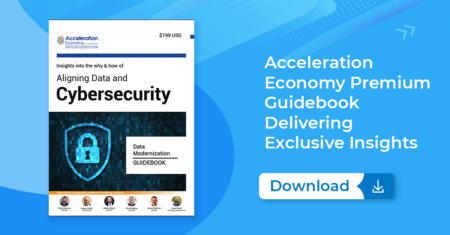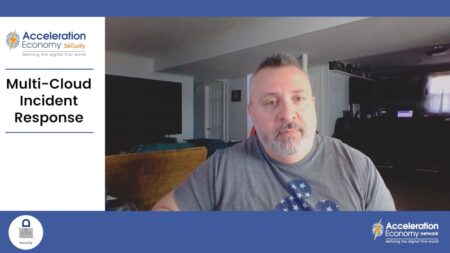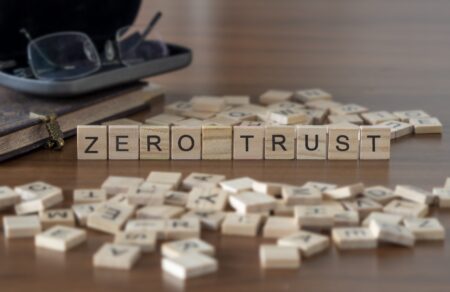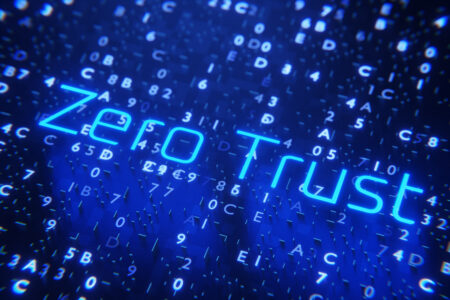New data from Palo Alto Networks’ incident response team highlights the expanding set of extortion tactics being used as part of ransomware attacks.
Search Results: cybersecurity (1493)
Expert practitioner-analysts offer guidance on safeguarding critical data from cyberattacks, including prioritizing data types and preventing silos, as well as ways to protect against data leakage and ransomware.
Tony Uphoff makes a case for cybersecurity as a growth driver, and offers five ways that CEOs can capitalize on it today.
The Biden-Harris administration unveiled an updated National Cybersecurity Strategy to standardize cybersecurity practices across agencies and encourage market accountability.
There are many benefits to using the zero trust maturity model as a framework for cybersecurity planning and implementation, say Rob Wood.
In this Cloud Data Strategy moment, Chris Hughes defines the areas of focus security leaders must consider when safeguarding data in the cloud.
As sustainability becomes a key focus for businesses and critical infrastructure, organizations must also prioritize cybersecurity and secure data standards to safeguard emerging technologies like IoT and OT devices from evolving cyber threats.
New data from NetApp shows that even with the benefits of multi-cloud, this increasingly popular architecture introduces various forms of complexity for tech leaders.
Multi-cloud incident response is more complex than traditional incident response. Frank Domizio explains how and why organizations need to adapt.
Environmental, social, and governance frameworks are on the rise, and they must be crafted with enough security considerations to ward off increased cyber threats.
Contextualize what you need from data teams, so that they understand the why behind your ask, Rob Wood advises, as a way to build stronger relationships.
Wayne Sadin discusses generative AI and the National Cybersecurity Strategy, “which tie together.” In both instances, C-level executives need to have their voices heard.
Zero trust, a cybersecurity framework that reduces uncertainty in access decisions, has gained popularity in recent years. CISO Chris Hughes explains zero trust, and why it matters, in detail.
Rob Wood looks at why pinpointing the right data, and reaching consensus between data and security teams on that data, is critical for reducing risk.
To implement zero trust, business leaders should know a cultural shift is required along with investment in the right tools and resources.
Strong relationships between the CISO, the chief data officer, and the others involved with data will strengthen an organization’s data strategy, says Rob Wood.
To prevent data breaches, organizations must prioritize data governance; there’s a big collaboration opportunity between the CISO and CDO roles in this endeavor.
Effective zero trust requires a comprehensive understanding of the organization’s security landscape, a risk-based approach, and a commitment to continuous improvement. Learn how to manage the journey.
To get the most out of training for multi-cloud environments, it’s important to vary the kinds of training offered to suit different learning styles, according to analyst Rob Wood.
Multi-cloud environments come with unique challenges, and analyst Rob Wood provides best practices for reducing security threats through training for employees with access to cloud resources.





















